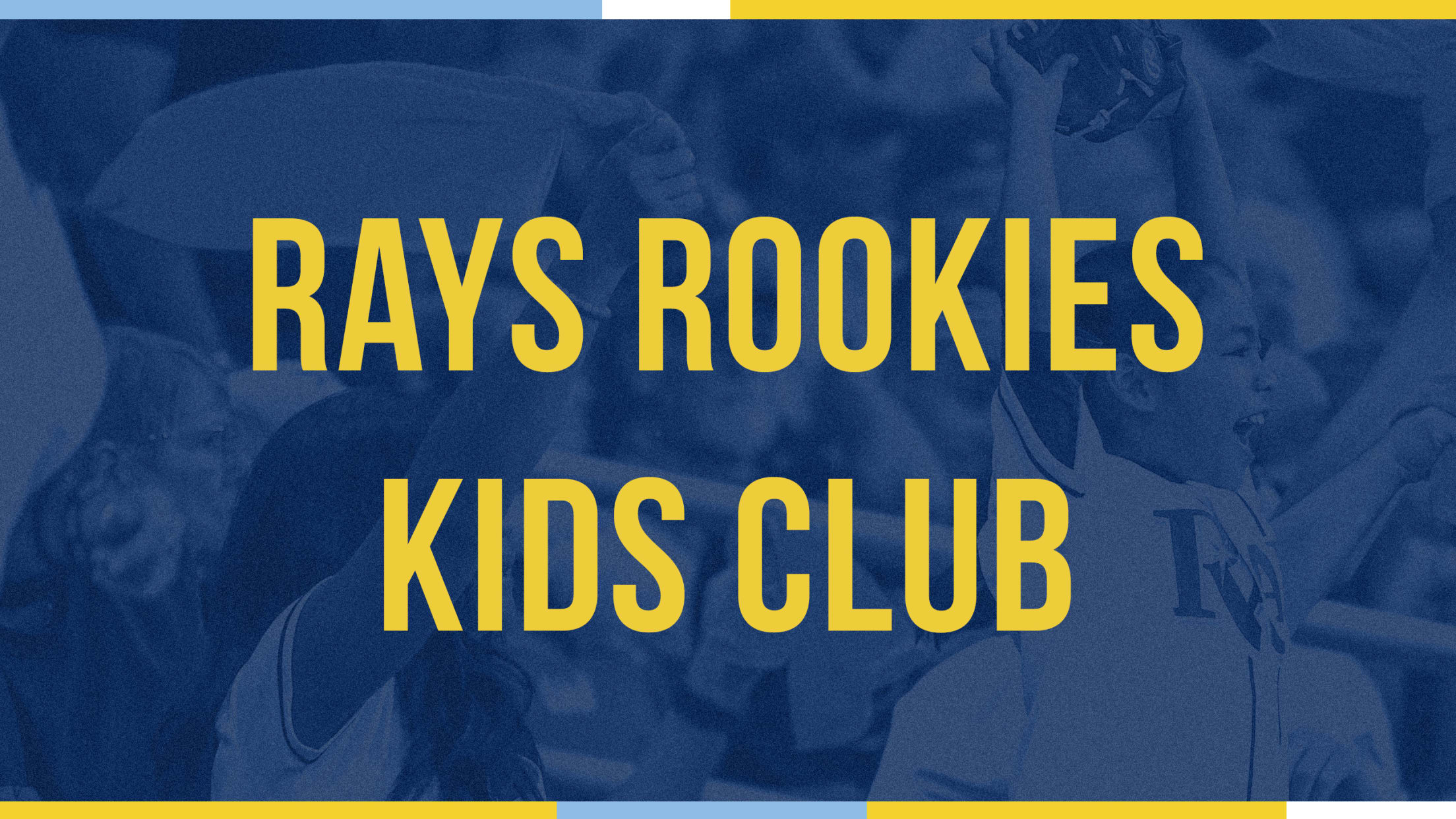Headlines
- Rays will not 'move forward with the new ballpark'
- Listen FREE, 1 p.m. ET: Baz, Rays take on Nationals
- From DFA to a homecoming, Faedo chasing full-circle moment
- A bizarre double play and a bird? Rays, Tigers have 'ridiculous half-inning'
- Don't sleep on these prospects at Spring Breakout -- 1 from each team
- New Rays prospect additions fitting right into the organizational mold
- Breaking down Rays' Opening Day roster battles
- Latest Rays injuries & transactions
- Rays' Top 30 Prospects list
Headlines
- Rays will not 'move forward with the new ballpark'
- Listen FREE, 1 p.m. ET: Baz, Rays take on Nationals
- From DFA to a homecoming, Faedo chasing full-circle moment
- A bizarre double play and a bird? Rays, Tigers have 'ridiculous half-inning'
- Don't sleep on these prospects at Spring Breakout -- 1 from each team
- New Rays prospect additions fitting right into the organizational mold
- Breaking down Rays' Opening Day roster battles
- Latest Rays injuries & transactions
- Rays' Top 30 Prospects list
Follow the Rays
Newsletter Registration
Standings




